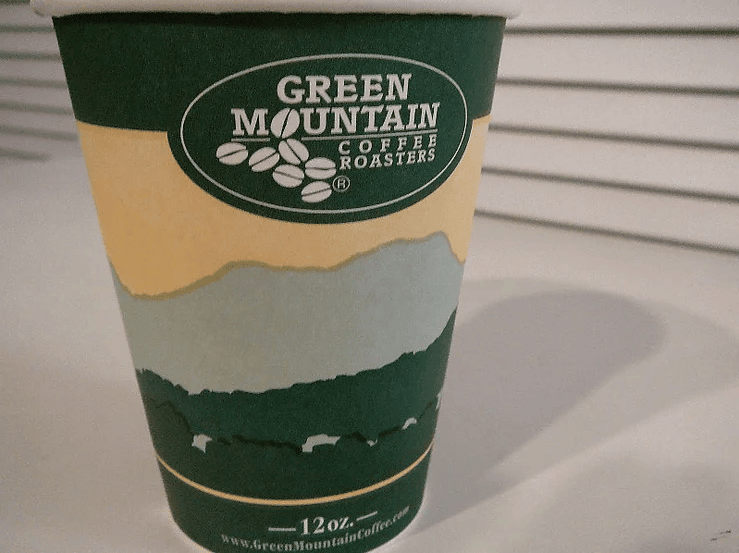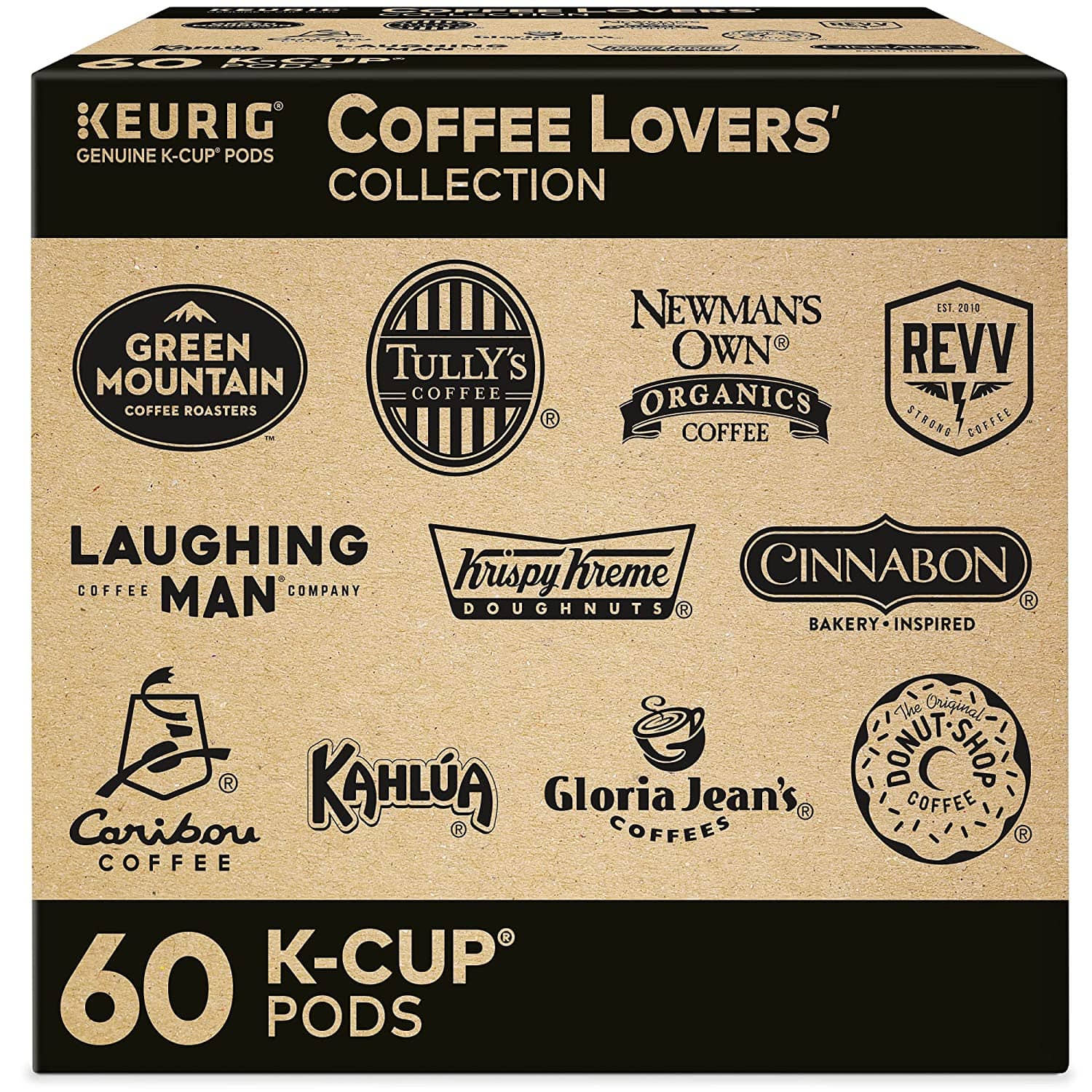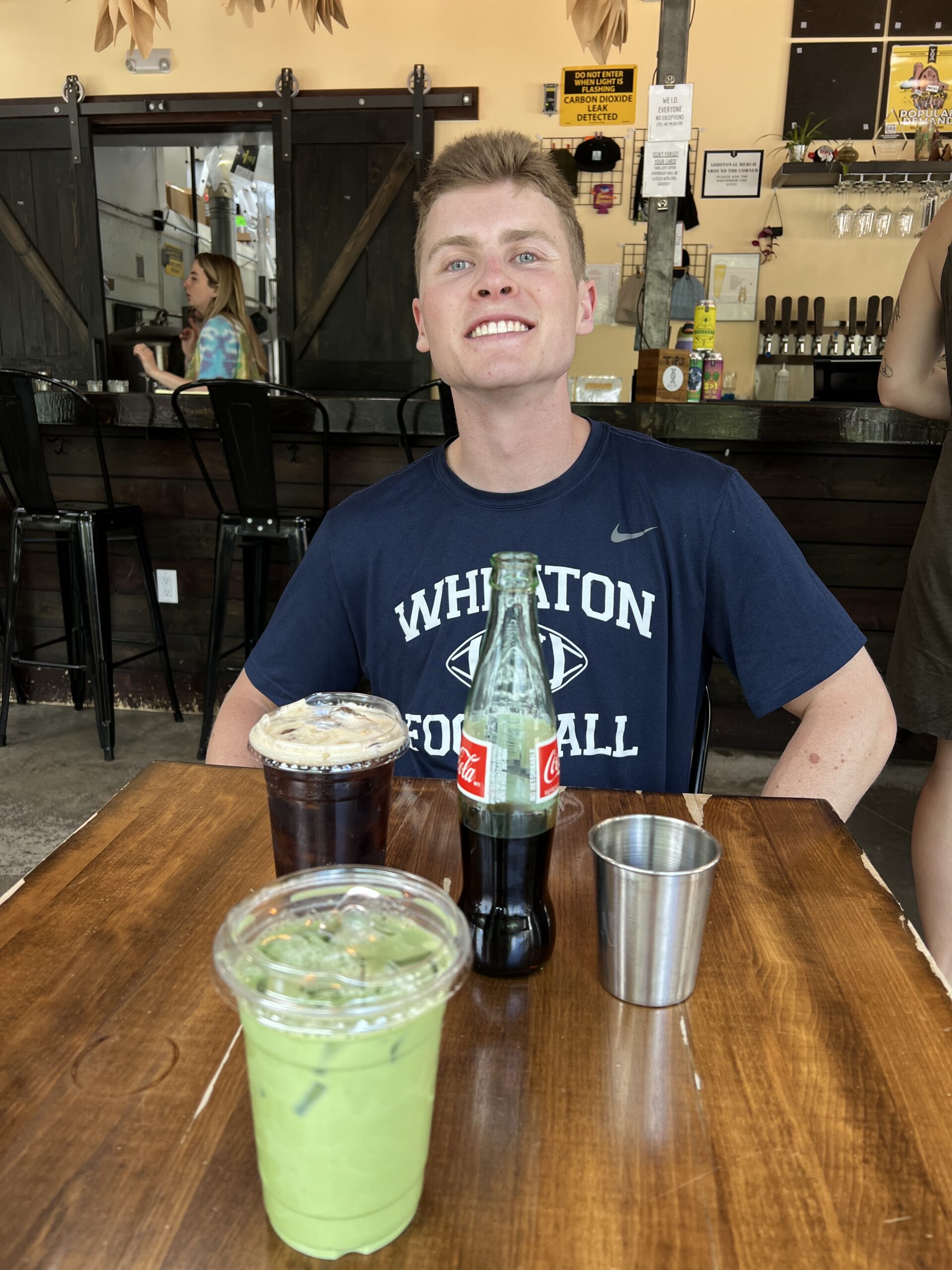
Photo my Mike Mozart on Flickr
Keurig is an extremely popular coffee company known for producing high-quality coffee makers and single-serve coffee pods. It’s been around for years, and many assume it’s a German-made and owned brand. While this is partially true, it’s not the whole story.
Germany originally developed the technology behind Keurig's coffee pods, although the company itself was founded in the United States. So technically, it’s an American company, not a German one.
Our goal is to trace the history of the Keurig Coffee Company, from its beginnings in the 1970s to its current status as one of the biggest coffee companies globally, and fill you in on all you need to know about this beloved brand.
Contents:
-
Is Keurig a German Company?
-
Why People Think Keurig is German
-
Do Germans Drink Keurig Coffee?
-
History of the Keurig Company
Is Keurig a German Company?
No, Keurig isn’t a German company. It’s an American company that has been around since 1990, and its base is in Burlington, Massachusetts. The company has a reputation for creating and selling single-serve coffee makers that require specially designed pods to brew individual cups of coffee.
In recent years, Keurig expanded its product line to offer various beverages, including hot chocolate, tea, dairy-based beverages, cider, lemonade, and fruit-based drinks. Using its brand and partnership-licensed brands, Keurig offers over 60 brands and 400 varieties of beverages and coffee products. Along with K-cup pods, you can get K-Carafe, Vue, and K-Mug pods. Additionally, Keurig creates and sells other brewing systems and coffee makers.
Why People Think Keurig is German
There are a few reasons why some people believe that Keurig is a German company. These reasons include but are not limited to the following:
- German Company Partnerships – Over the years, Keurig formed partnerships with various German companies, like Kraft Foods and Tchibo. These partnerships may have had some people mistakenly believing that Keurig is a German company.
- German Company Acquisitions – In 2016, JAB Holding Company acquired Keurig, and this is a German investment firm. JAB Holding Company has an extensive portfolio of beverage and coffee brands, and it’s one of the biggest entities in the global coffee industry. This acquisition led many people to assume Keurig was originally German.
- Company Name – Keurig has a German-sounding pronunciation. However, Keurig is actually Dutch, and it means “excellence.”
- Lack of Awareness About Keurig’s Origins – It’s common not to think about a company’s origins. Combining this with the name makes it easy to mistake Keurig for a German company instead of an American one.
Do Germans Drink Keurig Coffee?

Keurig coffee makers and the K-Cup pods aren’t widely available in Germany and many parts of Europe. While Keurig may partner with some German-based companies to help produce and sell coffee pods in Europe, Keurig as a brand isn’t nearly as famous in Germany as it is in the United States. The city of Hamburg banned using single-use K-Cup pods in state-run buildings to help combat pollution and environmental waste.
Germany also has a deeply ingrained coffee culture; many people prefer to drink freshly brewed coffee with high-quality coffee beans. So, the market demand for single-serve coffee machines and pods isn’t as great as in the United States. So, instead, Germans drink espresso, traditional drip coffee, or specialty coffee drinks.
Knowing this, some Germans may still want to drink Keurig coffee, but it’s tough to find the machines or pods unless they want to pay high prices to import them from the United States. So it’s not a common choice for coffee.
History of the Keurig Company
Keurig has a long and colorful history, and the company has a reputation for creating high-quality coffee products and beverages. But how did Keurig come to be?
Keurig’s Inception and Development
Peter Dragone and John Sylvan founded Keurig, and they were initially roommates at Maine’s Colby College in the 1970s. Sylvan quit his tech-based job in the 1990s in Massachusetts, and he focused on solving a widespread problem around office coffee. The problem was that a whole pot of brewed coffee would sit and taste dense, bitter, and stale as the day went on, and he figured creating single-serve coffee pods was a viable solution.
Residing in the Greater Boston area, he went through a long trial-and-error process to create this single-serve pod and the machine to brew it. Finally, in 1992, he brought Peter Dragone in to help create a business plan. At the time, Dragone was Chiquita’s Director of Finance. In 1992, with Dragone as a partner, they founded Keurig, and Sylvan claimed the name came from him looking up how to say “excellence” in Dutch.
At the time, the prototype coffee machines were unreliable but needed funds for future development. They approached Green Mountain Coffee Roasters, and they were the first big investors for Keurig at the time. Keurig needed a large amount of venture capital, and after pitching to many investors, the Minneapolis-based Ford Fund gave them $50,000 in venture capital in 1994. Later in 1995, MDT Advisers, the Cambridge-based fund, put up $1,000,000. A principal at MDT Advisers, Larry Kernan, took the position of Keurig’s Chairman in 1995 and held this position until 2002.
Unfortunately, Sylvan didn’t get along with the new investors, and they forced him out in 1997. At the time, he sold his stake in the company for $50,000. Dragone also decided to leave a few months later, but he chose to retain his stake in Keurig.
Keurig’s Launch
Green Mountain Coffee Roasters was the first to officially offer the Keurig K-Cup pod in 1997, and it went into the Keurig Single-Cup Brewing System. Keurig released the first brewing system, the B2000, in 1998 for office use. They initially distributed these systems in New England and New York, and the target market was offices. To help solidify brand loyalty while catering to individual tastes, Keurig partnered with various regionally known coffee brands to create more K-Cup varieties.
Green Mountain Coffee Roasters was the first, and they eventually added Timothy’s World Coffee, Tully’s Coffee, Van Houtte, and Diedrich Coffee, but Green Mountain dominated. Keurig also formed partnerships with established coffee brands in the United States, and they branched out their beverage offerings in 2000 to include teas and hot chocolate. The original machines hooked directly to the company’s water supply and were very bulky. They sold the Keurig coffee makers to local coffee distributors, and they installed them for low or no money. Instead, they relied on selling K-Cups to turn a profit.
Keurig sold 10,000 commercial brewers in 2002, and the demand for home-use coffee makers jumped. It wasn’t until 2004 that Keurig released a prototype for a home-use coffee maker. However, it did so at a time when other big corporate competitors like Procter & Gamble, Sara Lee, and Salton also introduced their single-serve coffee machines and pods to the general market. Keurig sent company representatives to stores to do live demonstrations of the B100 home coffee maker and to hand out samples. This allowed Keurig to dominate single-serve pods and home brewing systems.
Green Mountain Coffee Roasters’ Acquisition

Photo by Majiscup Paper Cup 紙コッon Flickr
Green Mountain Coffee Roasters is a Vermont-based, publicly traded specialty coffee company, and it successfully invested in Keurig while obtaining a higher ownership percentage of the company in 1993, 1996, and 2003. By 2003, Green Mountain Coffee Roasters owned a 43% stake in Keurig, which is when it finished its complete acquisition. Then, in 2009 and 2010, Green Mountain obtained four of Keurig’s licensees, including Diedrich Coffee, Timothy’s World Coffee, Tully’s Coffee, and Van Houtte.
Joining Green Mountain and Keurig gave both companies a high-end, nationwide coffee provider and a highly technological coffee maker all in one company. They also created an extremely effective razor/razorblade model that allowed the companies to see huge profits and growth over a short period. In 2008, K-Cups were in stores across the United States, and the coffee pod machine sales skyrocketed from 2008 to 2014. The K-Cup pods have high-margin profits, making up the bulk of Keurig’s income.
In February 2011, Green Mountain Coffee Roasters announced a partnership with Dunkin’ Donuts. They agreed to create single-serve K-cup pods with Dunkin’ Donuts coffee that you could use in your Keurig Single-Cup coffee makers. Additionally, they decided that participating Dunkin’ Donuts restaurants would occasionally offer the Single-Cup Brewers for sale. In March 2011, Starbucks and Green Mountain Coffee unveiled a similar partnership where Starbucks would sell its branded teas and coffees in Keurig single-serve pods. In return for this, Starbucks would sell Keurig machines in their stores.
Wrapping Up
Now you know that Keurig isn’t a German company, but it’s an American one that took inspiration from German coffee houses when Peter Dragone and John Sylvan founded it in 1992.
Although the company’s name suggests otherwise, Keurig's focus on providing a superior coffee experience through its innovative brewing systems has made it a popular choice among coffee drinkers in North America, but not so much in Europe. With its rich history and success in the coffee industry, Keurig continues to innovate and provide new ways for coffee lovers to enjoy their favorite brew.

